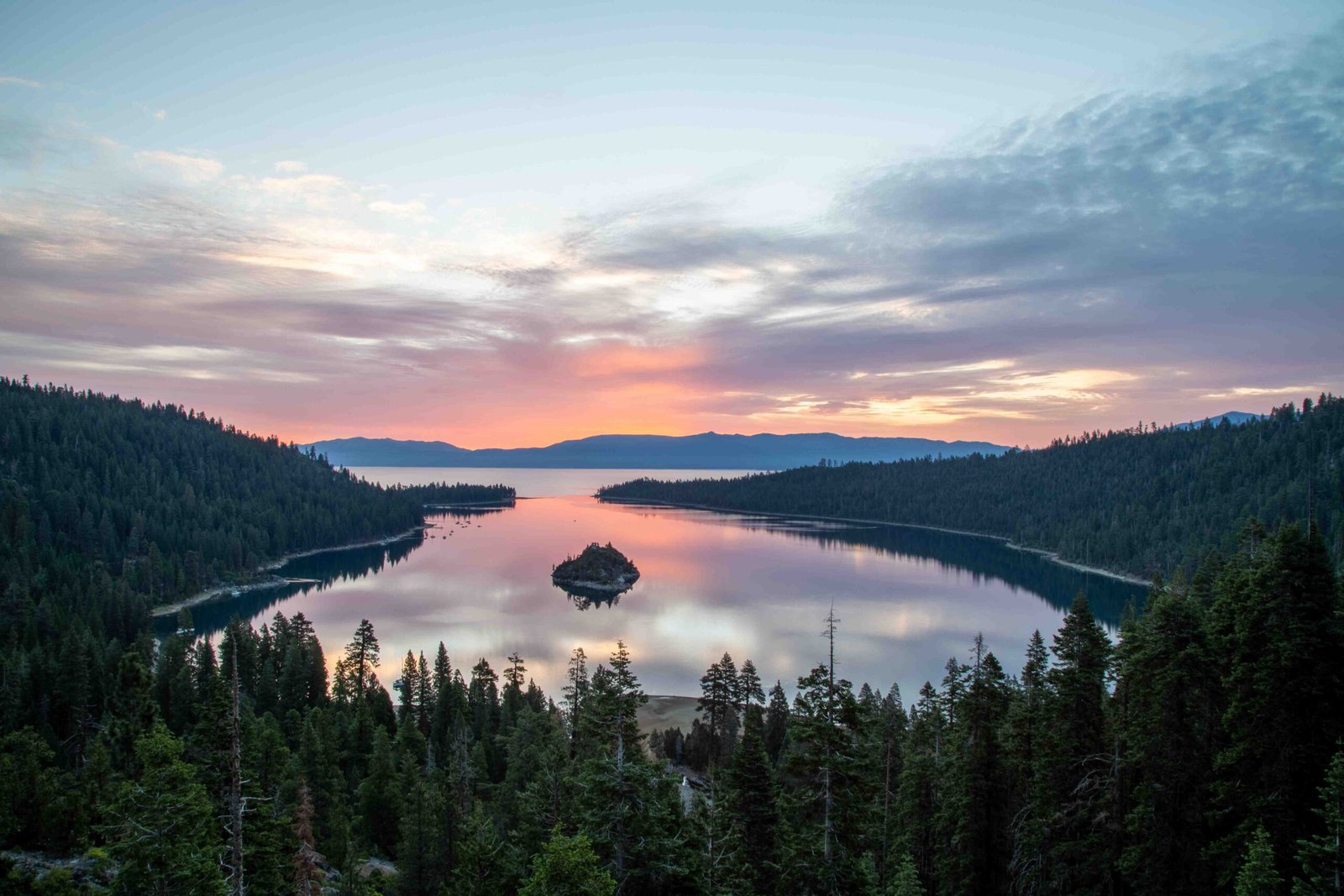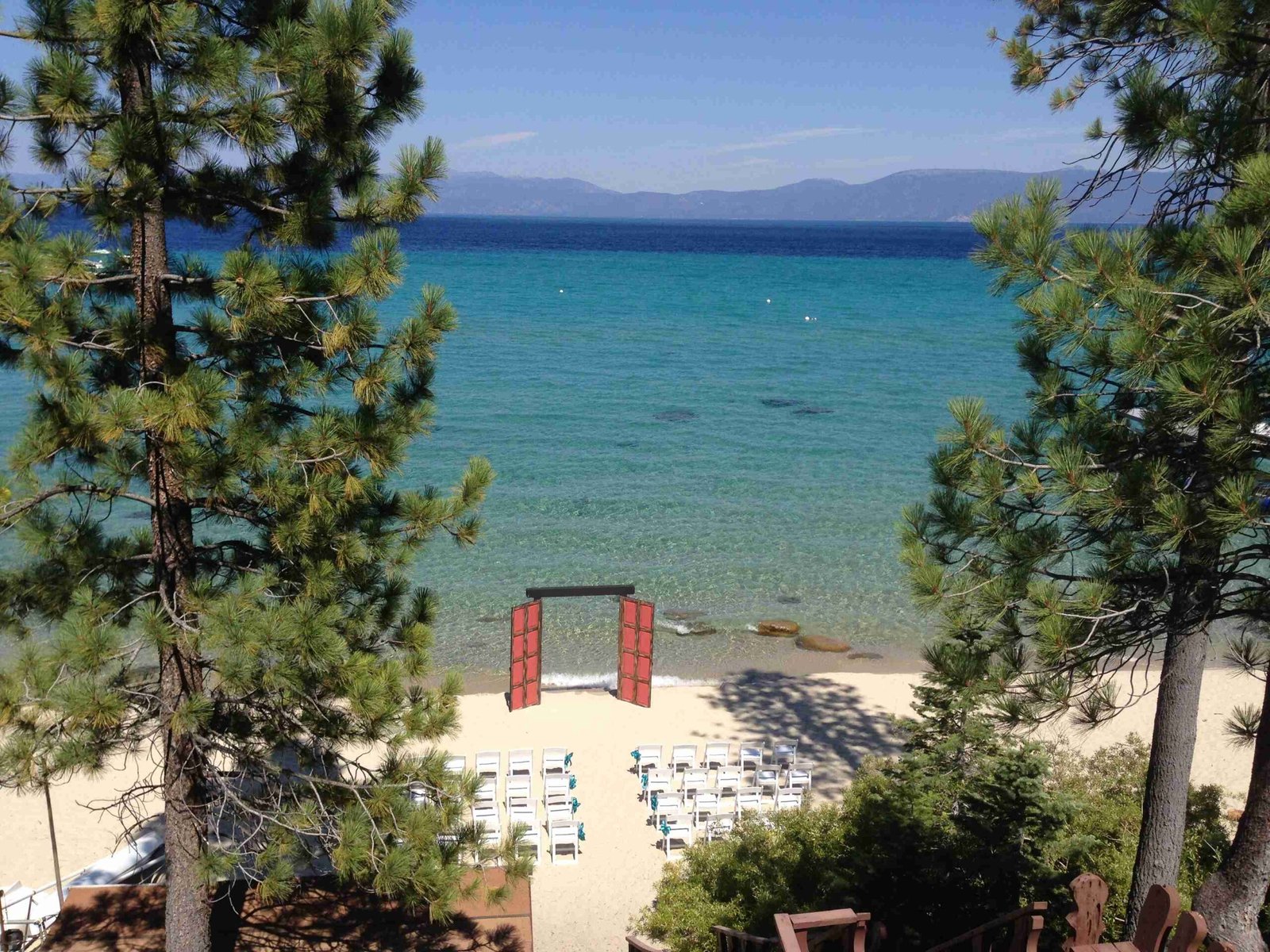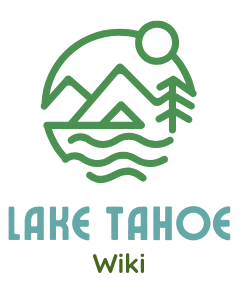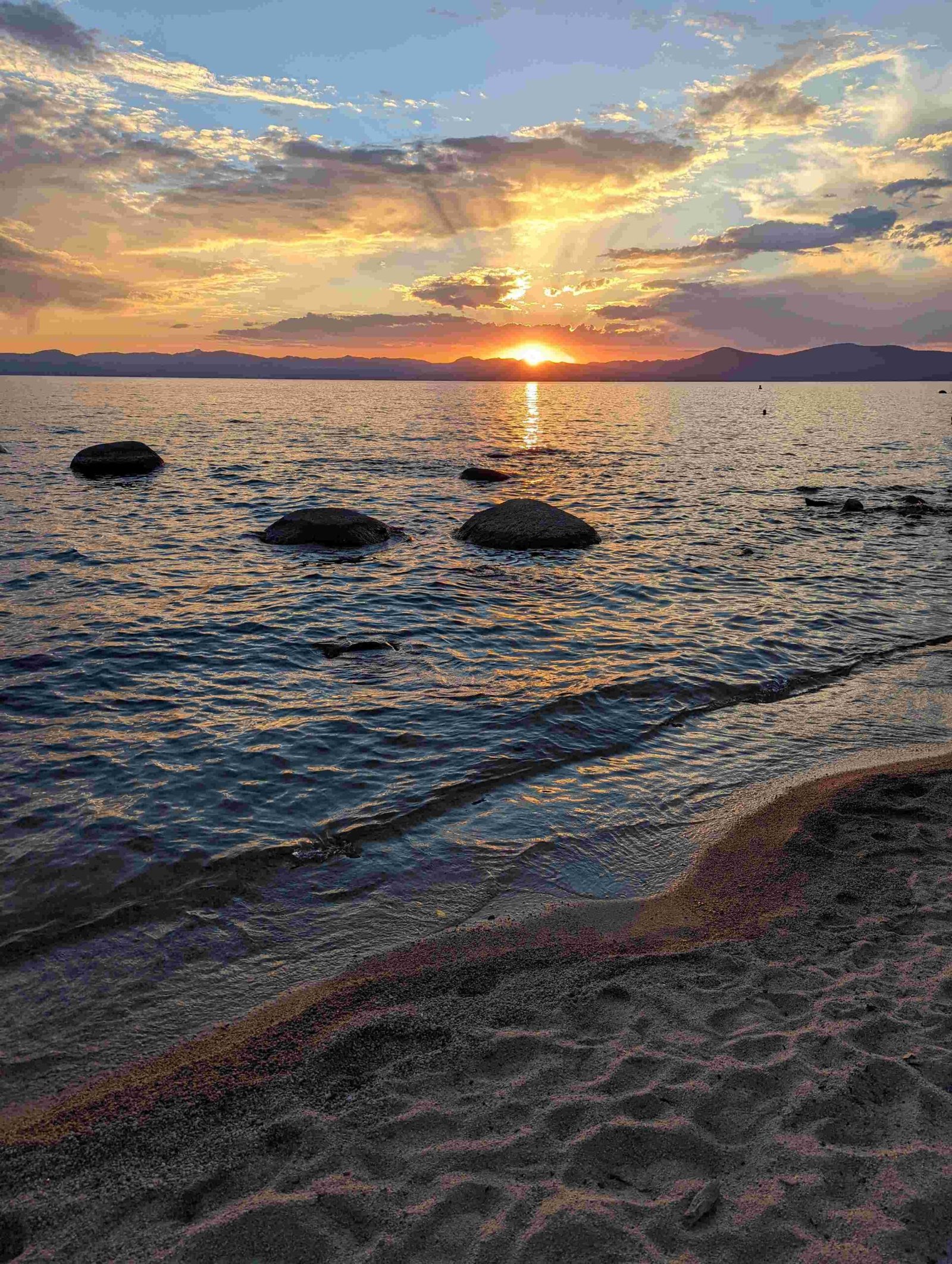In a critical environmental incident on July 18, 2024, Lake Tahoe beaches experienced a significant sewage leak when a private contractor accidentally drilled into the North Tahoe Public Utility District’s main sewer export pipeline. The breach released approximately 125,000 gallons of untreated sewage, with 85,000 gallons directly entering Lake Tahoe, prompting immediate beach closures and comprehensive water quality testing to protect public health and ecological systems.
What Caused the Sewage Leak?

A private contractor working on pedestrian signage installation in Carnelian Bay accidentally punctured the critical sewer infrastructure, triggering an unexpected environmental crisis. The incident occurred during routine infrastructure work, highlighting potential risks in urban development near sensitive ecological zones.
Key Incident Details
| Date | Time | Event |
|---|---|---|
| July 18, 2024 | 8:00 PM | Initial sewage line breach |
| July 18, 2024 | 9:00 PM | Leak containment initiated |
| July 19, 2024 | 3:00 AM | Sewer line repaired |
| July 19, 2024 | 5:00 AM | Additional beach closures implemented |
How Did Authorities Respond?

Immediate Response Actions:
– Rapid leak containment
– Emergency pipeline repair
– Beach closure protocols activated
– Water quality monitoring initiated
What Were the Environmental Consequences?
The sewage leak presented significant environmental risks:
– Potential bacterial contamination
– Ecosystem disruption
– Public health concerns
– Recreational area restrictions
Bacterial Contamination Levels
Comprehensive water quality tests monitored:
– Total coliform
– Fecal coliform
– Escherichia coli (E. coli)
How Long Were Beaches Closed?
Beach Closure Timeline:
– Carnelian West Beach: Closed until July 31, 2024
– Patton Landing Beach: Reopened July 25, 2024
– Gar Woods parking lot: Reopened July 19, 2024
What Economic Impact Occurred?
Local businesses experienced substantial disruptions:
– Waterman’s Landing reported approximately $3,000 daily revenue loss
– Canceled weekly kids’ camps
– Reduced tourism during closure period
How Were Water Quality Standards Restored?
Systematic approach included:
1. Continuous bacterial level monitoring
2. Multiple water quality tests
3. Gradual beach reopening based on scientific assessments
4. Compliance with California beach water quality standards
What Prevention Measures Will Be Implemented?
Recommended future strategies:
– Enhanced contractor training
– Improved infrastructure mapping
– Stricter drilling protocol near utility lines
– Regular infrastructure inspection schedules
Conclusion
The Lake Tahoe sewage leak demonstrated the critical importance of infrastructure maintenance and rapid environmental response. While the incident caused temporary disruption, coordinated efforts successfully mitigated potential long-term ecological damage.

